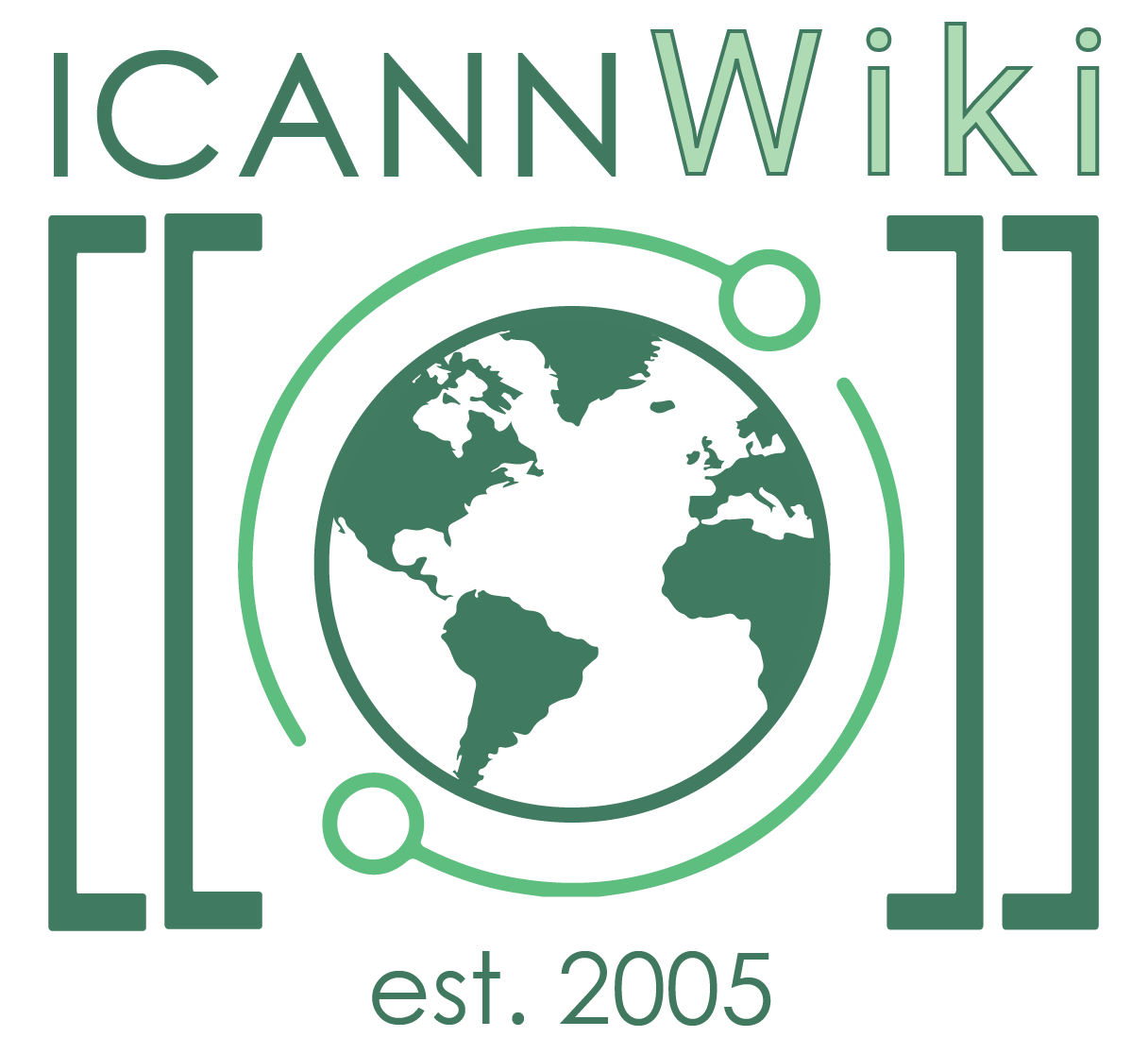Draft Applicant Guidebook
DAG, or Draft Applicant Guidebook, is a guidebook provided by ICANN to assist potential new generic Top Level Domain (gTLD) applicants with issues concerning trademark holders and brand owners. As of 2010, ICANN has released four versions of the DAG, with the latest version having been released in June 2010.[1]. In order to improve the DAG, ICANN holds public, open forums, and the comments from these dialogues are often reviewed and incorporated into new versions.[2]
See the Final Applicant Guidebook for the most current version.
Contents of the latest draft of DAG[edit | edit source]
The latest draft of the DAG has placed more importance on community consultation and includes some major changes. The current draft is as follows:
- Incorporation of trademark protections, including enhancing the Trademark Clearinghouse (TM Clearinghouse), Uniform Rapid Suspension (URS), and the Post-Delegation Dispute Resolution Proposal (PDDRP)
- Change of rules in the geographic TLDs, prohibiting the country names as gTLDs, and newly requiring permission from the national governments for applications for capital city names. Provisions were also made for an exception to this rule, in the case that the city name is also a generic word
- A new gTLD Registry transition process model, providing for emergency transition under circumstances of prolonged Registry technical outages
- A model that provides centralized zone file access (ZFA) to assist in combating fraudulent conduct
- A revised base Registry agreement, a contract which future registries need to sign with ICANN. It consists of some new features such as:
- Use of Emergency Registry transition provisions for the protection of registrants in case of any prolonged Registry technical outages
- New ‘hybrid’ process for future amendments, but only after consulting Registries and others concerned
- New agreement for governmental as well as inter-governmental organization (IGO) applicants, formulated only after negotiations with Universal Postal Union (UPU) for .post. However, this is subject to modification depending on the circumstances of other similar organizations.
- New provisions for the centralized registry zone file access (ZFA).
- Registry-Registrar cross-ownership language – projected position pending the GNSO policy.[1]
Some notable changes in the 3rd version of DAG[edit | edit source]
- A comprehensive background check on applicants, which includes checking issues such as corruption, bribery and terrorism issues coupled with intellectual property violations
- An enhanced role for public comment, allowing a comprehensive range of objections with respect to the gTLDs proposed by powerful interests
- New uses for gTLDs require special permission from ICANN so the smooth functioning of the DNS is maintained[1]
References[edit | edit source]
ICANNWiki resources: Special Pages | Content Guide | Documentation | Development || Maintenance: Articles needing attention | Candidates for deletion || Projects: Internet & Digital Governance Library
